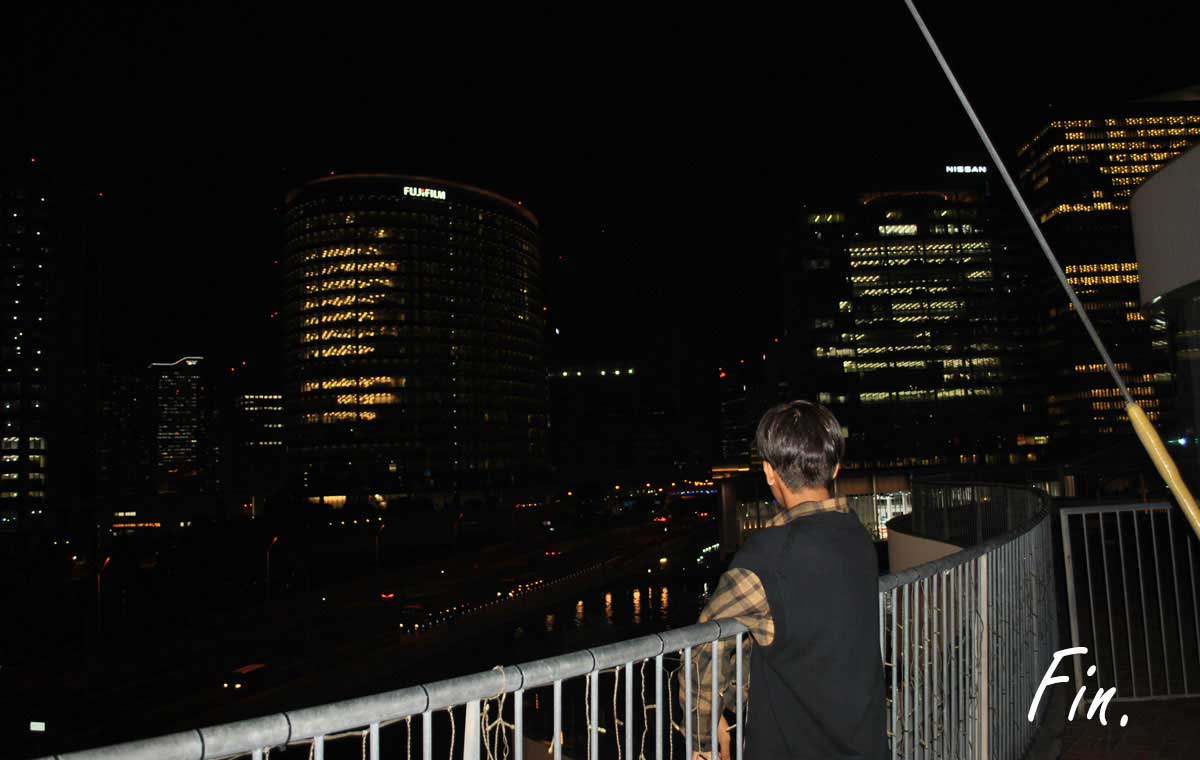Tokyo, Tokyo, Tokyo — everywhere on social media, it’s always ‘Tag 2 friends who would visit Tokyo with you’ with the same edits of Shibuya, Kyoto, and Hokkaido. Meanwhile, the surrounding prefectures just get lumped together into ‘Greater Tokyo’ and barely get a mention. But Yokohama? It’s better, and it deserves its own spotlight. It’s time we fix that.
Visitors to Japan usually start with Tokyo, go around the main areas downtown, then go to Kansai, Hokkaido or sometimes Fukuoka — yet Yokohama is right there, and they skip it. I can understand this to some extent, though, since visitors only get a few days or weeks and are trying to maximise their experience. It’s worse when I see foreign residents or students who always go to Tokyo without even thinking of Yokohama and then have the gall to complain about the crowds and so on.
I have this inherent preference because I live in a ward in Yokohama. Maybe it’s just my bias talking, but I’m sure there are residential areas in Setagaya or Ota with a similar relaxed atmosphere. Still, having explored many neighborhoods in and around, I generally find Yokohama to be cleaner, prettier, quieter, and wealthier. The last point is subjective; perhaps Yokohama’s wealthier areas aren’t as flashy as those in Tokyo, but they have a more refined look.
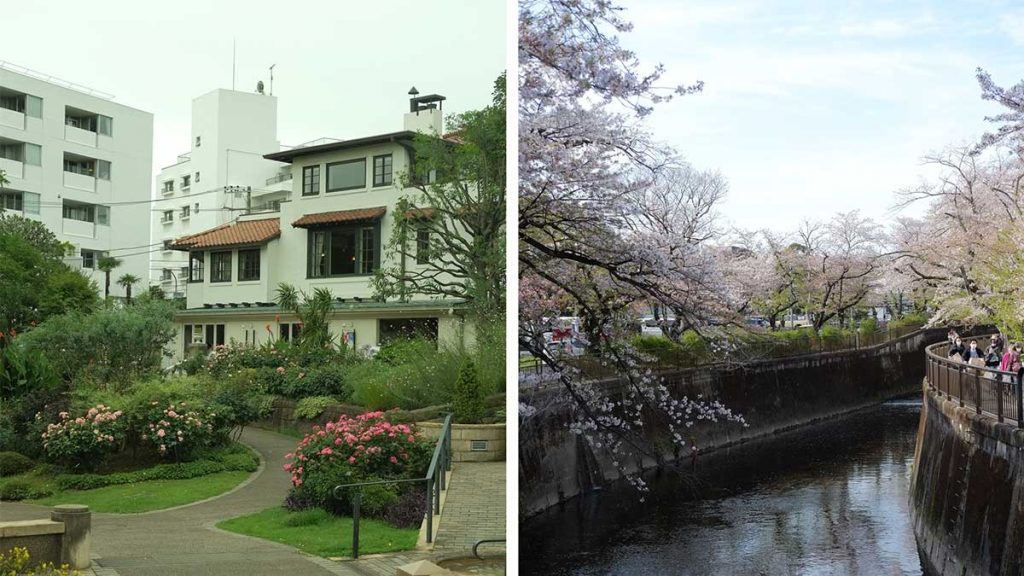
Tokyo feels really fast-paced. People seem to always be in a rush to get from one place to another, experiencing or getting as many things done as they can. Down here, though, things are laid-back and generally balanced, I think. The city feels cleaner and spacious, with a lot of the areas having a well-planned urban design that doesn’t feel cramped. The streets and open spaces, even in the city centre, make daily life less stressful. Going for a peaceful walk, doing a bit of window shopping, and grabbing some food on a weekend feels great. In terms of popularity, the best comparison would be Shinjuku or Shibuya, known for their constant movement, flashing ads, and packed crossings, versus Minato Mirai, which is a calm and scenic waterfront.

When visiting Minato Mirai, one can see the beautiful, modern yet harmonious skyline, alongside stunning ocean views. I personally like the view from the international port terminal, above which there is a deck for people to walk around and relax. It’s not just the skyline, though. From Sakuragicho Station, you can take the Yokohama Air Cabin (cable car) across to the World Porters mall, with great views of the city along the way. A few minutes’ walk from there will take you to the ferris wheel, which is gigantic! I went there with some of my boys recently, but funny enough, after all my talk about Tokyo being crowded, the line did take ages — but it was worth it. You’ll also find the Osanbashi Pier and Yamashita Park nearby, great for relaxing and having a picnic by the water.
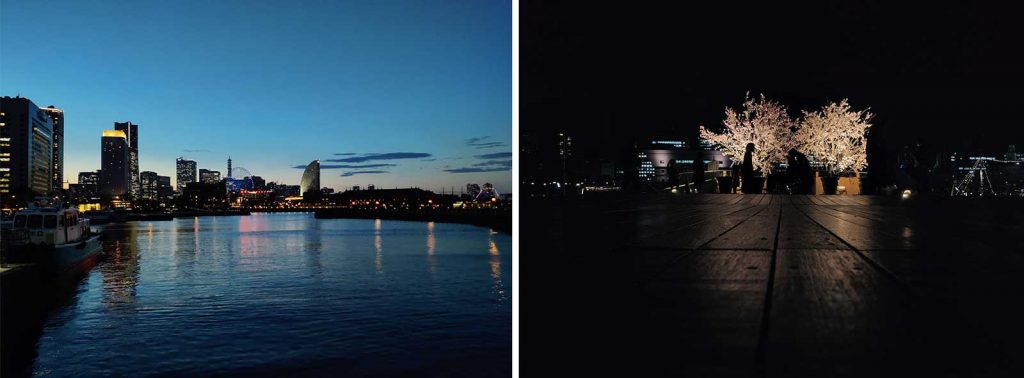
We have our fair share of cultural and historical attractions, although I guess Tokyo has more, to be fair. The largest Chinatown in Japan is in Yokohama, right next to Minato Mirai, and it is full of various kinds of Chinese foods and desserts. There is a restaurant called Sario, which sells halal ramen and side-dishes, which all taste great. A few kilometres away, near the Yamate station, is the Sankeien Garden, which has traditional Japanese aesthetics and is generally peaceful without the crowds. The pond with the temple backdrop looks pretty. The last entry is at 16:30, so make sure to visit early.
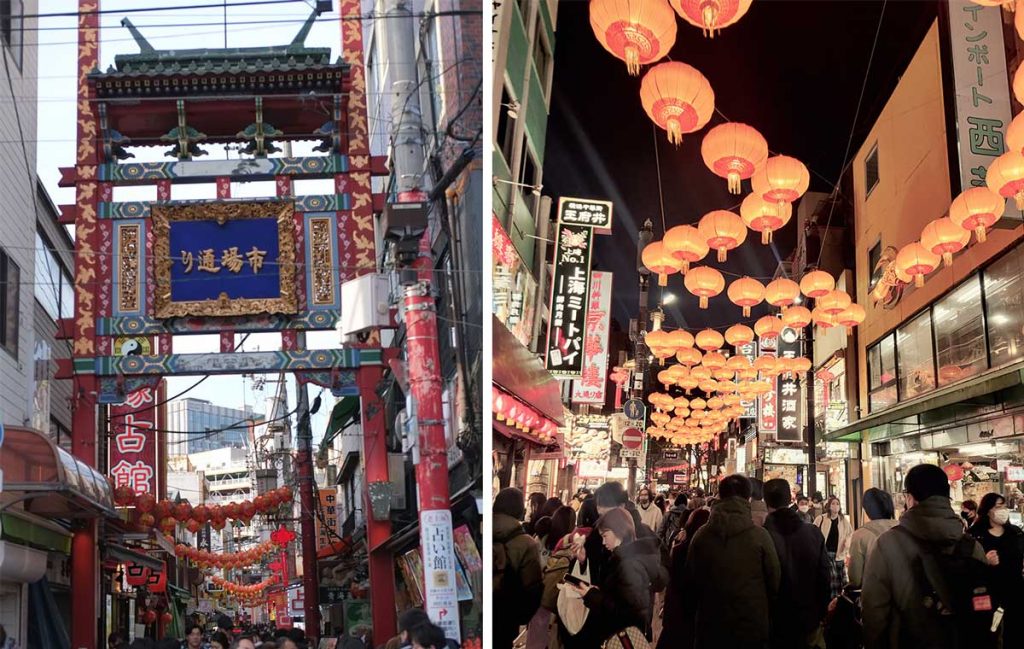
For traditional and spiritual spots, Tokyo has Meiji Shrine and Sensoji, but Yokohama has its own underrated gems. Iseyama Kotaijingu, sitting on a hill, gives great city views along with a peaceful atmosphere. Another shrine, Shitodomaekawa Shrine, near my home, has a more local feel rather than being a tourist attraction. There are many places like this around the country, though, so you’ll just have to look for them. During New Year’s festivities, these places get crowded for Hatsumode, but it’s way less chaotic than places like Meiji Jingu.

On the weekends, Chinatown and the parks are not your only options for entertainment. A year or two back, during a Pokémon tournament, there was a Pikachu parade and a drone show, the former at the Grand Mall Park and the latter at the Yokohama Red Brick Warehouse. I spent an entire day watching, despite the sweltering summer heat—still standing better than I ever did, feeling like a little kid. More often than not, seasonal events are held at the Yokohama Red Brick Warehouse. These are really popular and can get really packed, but the easy solution would be to arrive earlier. The last time I went, it was for the Christmas market, and I got myself some hot chocolate and fries.
Beyond that, in summer, there’s also the Bon Odori festivals around the city in different neighbourhoods, where people gather in yukata to dance, eat festival food, and enjoy the lively atmosphere. It’s a good chance to meet local residents and make friends!
As a sports fan, there’s also the option of watching baseball or football (soccer) here. I don’t know much about baseball, so instead of watching DeNA BayStars, I watch Yokohama F. Marinos once in a while at the Nissan Stadium. The atmosphere and the chants get you really passionate. Maybe it’s not as much as the Urawa fans but you feel an attachment nevertheless since it’s about supporting the homeboys.

Aside from sports, concerts and live events are another option for entertainment around here. There’s the K-Arena near Minato Mirai, and the Yokohama Arena in Shin-Yokohama. Lots of artists from Japan, Korea and elsewhere often perform here, so you don’t have to travel far and will face relatively less crowds when seeing your favourite artists. Speaking of artists, I know Tokyo’s clubbing scene is huge in places like Shibuya, Shinjuku, and Ginza, but I don’t really know much about it since I don’t drink or go clubbing. Yokohama doesn’t seem to have much of a clubbing scene, though. The only bar I’ve been to here is The Hub near Sakuragicho, where I grabbed some food and watched a game with friends.
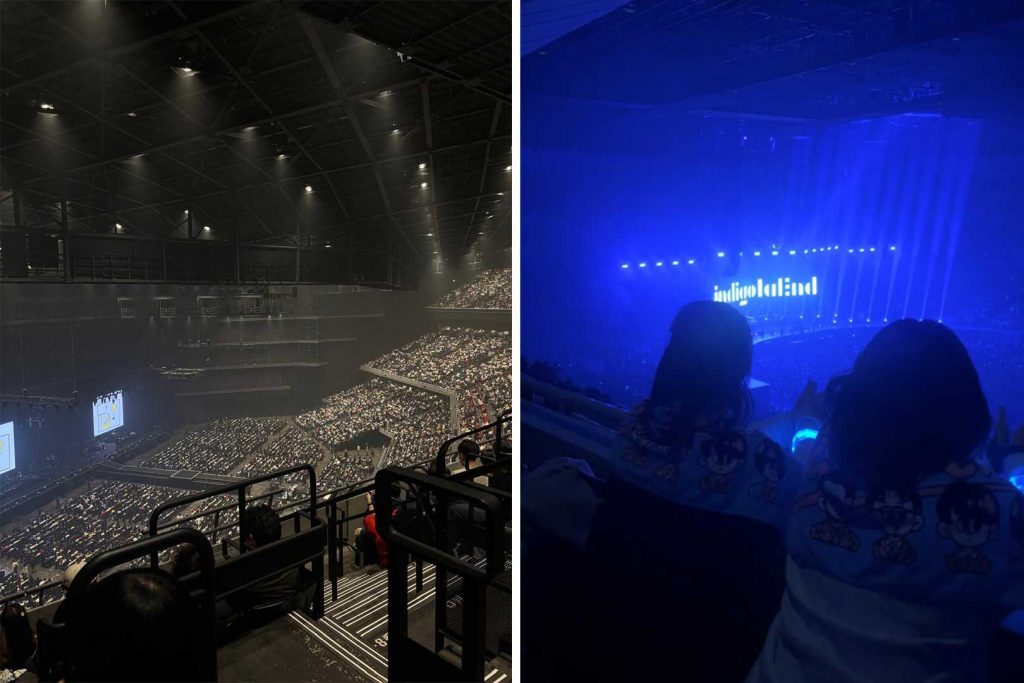
When it comes to shopping, Tokyo has popular districts like Ginza, for luxury brands, or Harajuku, for street fashion, but Yokohama has its own great spots without the overwhelming crowds. Minato Mirai’s Landmark Plaza and Queen’s Square have a mix of mid-to-high-end stores, while Motomachi Shopping Street has a classy, Western-influenced vibe with boutique shops and cozy cafes. If you’re looking for variety, Yokohama Station’s department stores, such as Sogo and Takashimaya, have everything in one place.
Tokyo does have all the Michelin stuff and the best of the food scene, but that also means endless lines and packed restaurants. In Yokohama, the main spots for dining in and around the greater area include Chinatown, which has more than just ramen, and Minato Mirai, which has high-end restaurants and cozy cafes in Motomachi. However, all local areas in Yokohama also have their own bakeries, restaurants, and bars. At Aobadai, for instance, on Sundays I often go to Ken’s Curry or grab an American-style pie from Lucy’s Bakery. I can also count at least ten different ramen shops within a five-minute walk of the station as well, all with different styles (based on what my friends have said).

The entire city is well connected by JR, Tokyu, Keikyu, Sotetsu, and the municipal subway lines. Yokohama Station is the largest and best connected, with much less chaos compared to Shinjuku or Tokyo station. The Shinkansen stop is nearby, at Shin Yokohama station. The closest international airport is Haneda, and there’s direct access to it from Yokohama Station. The Toyoko Line connects to Shibuya in about 30 minutes, and the Keihin Tohoku Line links to many stops on the Yamanote Line. I often use the Den-en-Toshi Line and the JR Yokohama Line, which overlap and cover a wide area.
With the ease of accessibility, if I need a break from the urban atmosphere, Enoshima and the Shonan coast are just a short train ride away. The beachside atmosphere, good seafood (Shirasu is amazing), and ocean views make it feel like a mini getaway without going too far. Tokyo probably has its equivalents, but I’d rather hop on the Enoden, channel my inner Sakuta, and hum Fukashigi no Carte as I ride along the coast.

Being a port city and a really open urban area, the air quality is much better in Yokohama, with lots of fresh breezes. Compared to Tokyo’s heavily built-up districts, there are more parks and walkable areas. The major attractions in Tokyo, such as the shrine at Asakusa, the crossing at Shibuya, and Takeshita Street, are all too crowded to truly enjoy. It’s been ages since I went to many of those spots, the last time being in 2022, when Japan was still closed off to tourists. I think the areas around Yokohama, or generally the localities not in the spotlight on social media or near bustling city centres, are better places to experience local life without it being targeted and tailored to visitors.
Tokyo is exciting, with its world-famous attractions, amusement parks, top-tier food, and endless buzz. But living here, I have come to appreciate balance and a sense of calm. It’s the laid-back experience without sacrificing the convenience that gets me. If you’ve never really explored Yokohama, change that. Hop on the Toyoko line, head to Minato Mirai, take a walk along the harbour, grab a bite in Chinatown, and maybe catch a BayStars game. See for yourself.
